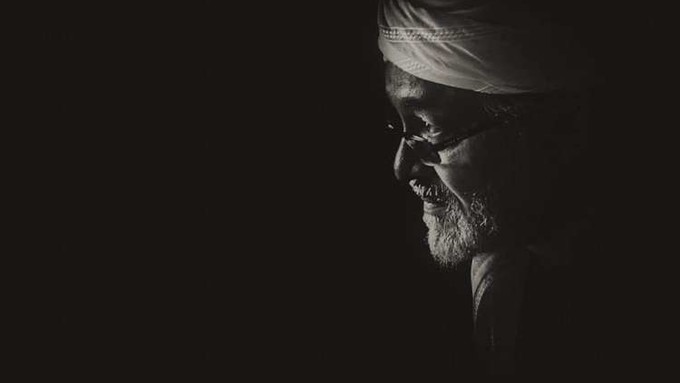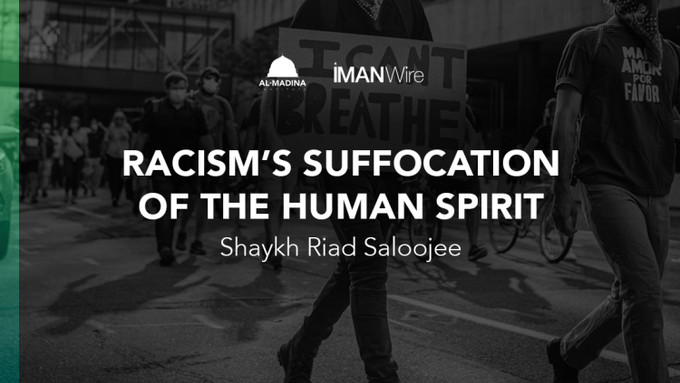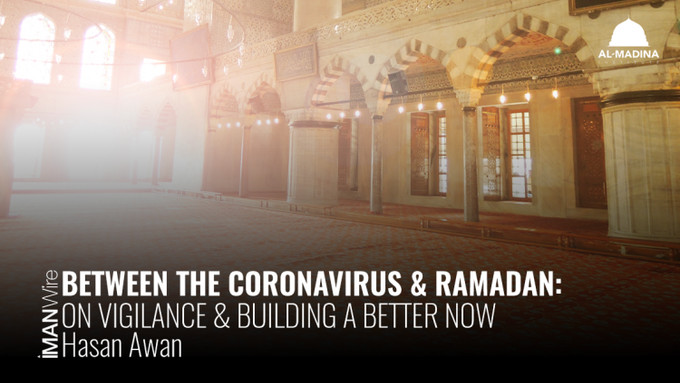Spirit & Space: An Empire’s Architect
The greatest architect who lived and that most of the world likely does not know was born in Central Anatolia on or around April 15th, in the year 1489 or 1490. He was born into a Christian family and in the year 1512, he was levied into the devshirme, the tribute youth system enacted by Sultan Selim, and was inducted into the janissary cadet training program of the Ottoman Court. He was 23 years old, significantly older than the other youths who would eventually become soldiers, courtiers, viziers and many of whom would integrate into the life and court of the Ottoman world. He chose the name Sinan.
This architect worked under the patronage of three Ottoman Sultans including Süleyman al Kanuni – the Lawgiver, Süleyman the Magnificent (the most generous benefactor of them all) - and is largely responsible for the shape of the great city of Istanbul, for defining the landscape and shore edges of the Bosphorus and the Golden Horn, and for the manner in which his craft transformed Ottoman Architecture. And perhaps, even more importantly, he himself was transformed when he was folded up into the aesthetic world- view of Islam. He was ultimately responsible for the building project of the Ottoman Empire and as the Imperial Court Architect he would oversee projects as far away as Makkah and Jerusalem – giving form to some of most important works in the Islamic world. He would complete work on the Dome of the Rock and on the sacred precinct in Makkah; he would oversee the rebuilding and expansion of Jerusalem’s walls, the Citadel in Cairo and projects all over the Ottoman World.
As an engineer in the Janissary Corps, he would participate in the Sultan’s military campaigns. In 1521 and 1522, he would join the Balkan campaign, capturing Belgrade and Rhodes. As a result of his participation in these campaigns he would pass through the gate – The Janissary Gate - of the Topkapi Palace and be fully and completely invested into the janissary corps. In 1533, Sinan, then the General of the Janissary Engineers, was made the Captain of the Hasekis – the chosen bodyguard of the Sultan. In 1538, at the age of 50, Sinan was made Mimarbashi, the Chief Architect of the Imperial Court.
He was influenced by the context of the noble city of Mehmet al Fath and by the Roman and Byzantine history of Istanbul. He would have been confronted (much like modern day Istanbullus) with the then still vibrant physical presence of the city. He would have known its churches, its early mosques, its streets and courtyards. He would make repairs to the old Roman and Byzantine infrastructures of Istanbul, repairing the Hagia Sophia and adding to the aqueducts of the Emperor Valens. As an expert stone-cutter, he never, it is said, would ask workmen to do that which he himself could not. He carved the muqarnas of the mihrab of the Süleymaniye with his own hands.
Of that building the Nobel Prize winning Turkish author, Orhan Pamuk writes:
“The beauty I see in the Süleymaniye Mosque is in its lines, in the elegant spaces beneath its dome, in the opening out of its side domes, in the proportions of its walls and empty spaces, in the counterpoint of its support towers and its little arches, in its whiteness, and in the purity of the lead on its domes…Even 400 years after it was built, I can look at Süleymaniye and see a mosque standing in its entirety, just as it first did, and see it as it was meant to be seen.”[1]
Beyond his technical virtuosity and environmental ethic he was, I believe, deeply conscious and aware of the spiritual sensibility that his work might offer. The axial relationships of his mosques – courtyard to prayer hall to türbe (graveyard or mausoleum), and the orientation of those standing in prayer, before the light-enlivened walls of his architecture, would always emphasize the nature of the Islamic schema of existence – that one is ultimately a traveler in this world; that there is something deeper beyond the architecture itself, but that the architecture and space – its hierarchies, meanings, symbolic and physical organizations - could gently point to, and in some cases, lightly touch. This is evident in much of his work, at scales both large and small: a chamber to collect the soot from candles to help turn that soot into calligrapher’s ink, light-upon-light, and a fragment of the Hajar al Aswad, embedded so that it can be touched (lightly) and with ease. Ten minaret platforms at the Süleymaniye – ten for the 10th Sultan, al-Kanuni.
He would, with the Selimiye complex in Edirne, achieve the purest expression of his desire for unity through architecture by connecting form to experience and reducing the mass of the building to make it a space where light is the material that holds up stone. He performed his Hajj when he was over 85 years old, over land from Turkey to Makkah. Here he came, now at the Ultimate Architecture, to a place that he had oriented his buildings for over 50 years, surrounded by arcades that he shaped, surmounted with domes of his own design, in front of that most serene House, the Bayt al ‘Atiq, visible, present and the Bayt al’Ma’mur, its spiritual twin. Here he was, at a place where there was no single direction or orientation, except inward, toward the heart – his aspiration all his life. Perhaps here he realized that he would not be able to service this larger ideal any more his work, but that he had attempted to with the architecture that he had made, in no small part, with his own hands.
He is buried, in a small, noble grave, at a corner of the Süleymaniye complex, close to the patron that he loved. When I went to visit, a flower had grown through a crack in the mortar, hanging over his name.
“I hope that those pure of heart who look upon my works from now until the end of time and the day of judgement will regard me kindly, and when they see the earnestness of my endeavour and dedication remember me in the prayers. May God’s will be done.”
[1] Orhan Pamuk, Istanbul: Memories of a City, translated by Maureen Freely, Faber and Faber, London, 2005, p. 230.
Life & Culture Related Articles

Shaykh Seraj Hendricks: Obituary
An internationally recognised Islamic scholar, who saw spirituality, justice, and knowledge as integral to an authentic religious existence. Shaykh Seraj Hendricks, who passed away on the 9th of July 2020 at the age of 64, was a scholar of international repute, able to communicate and engage on the level of state leaders, religious scholars and the broader public.

Racism’s Suffocation of the Human Spirit
I can’t breathe. George Floyd’s last words, conveying, verbatim, Eric Garner’s last words, with echoes through a long chain of souls – Breonna Taylor, Michael Brown, Walter Scott, Freddie Grey, Jamar Clark, Alton Sterling, Stephon Clark and Botham Jean – is a testamentary call that should pierce every Muslim’s mind and heart.

Between the Coronavirus & Ramadan: On Vigilance & Building a Better Now
I pray that, as we continue to lovingly welcome and vigilantly discover the blessings inherent in Ramadan upon us, we awaken to all the moments and especially the moment that Allah has chosen to place us. A quotation from Charles Dickens, the opening to one of his novels, is worth reflecting on: “It was the best of times, it was the worst of times.”